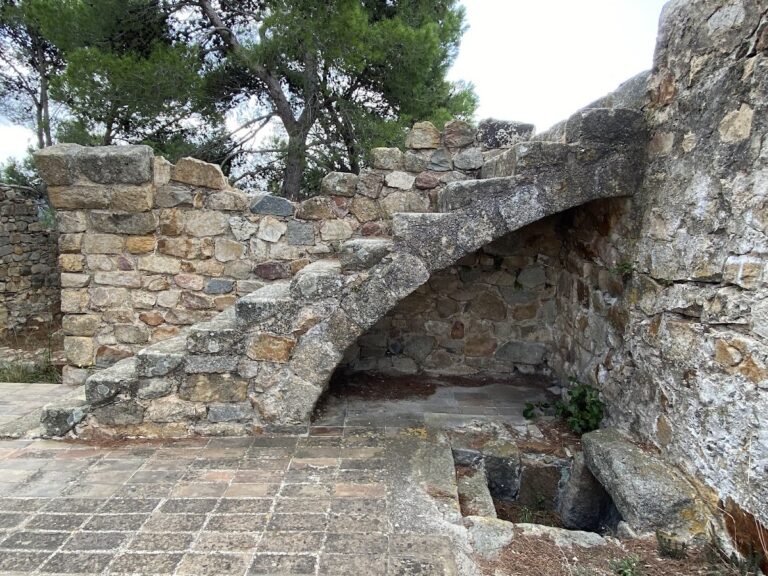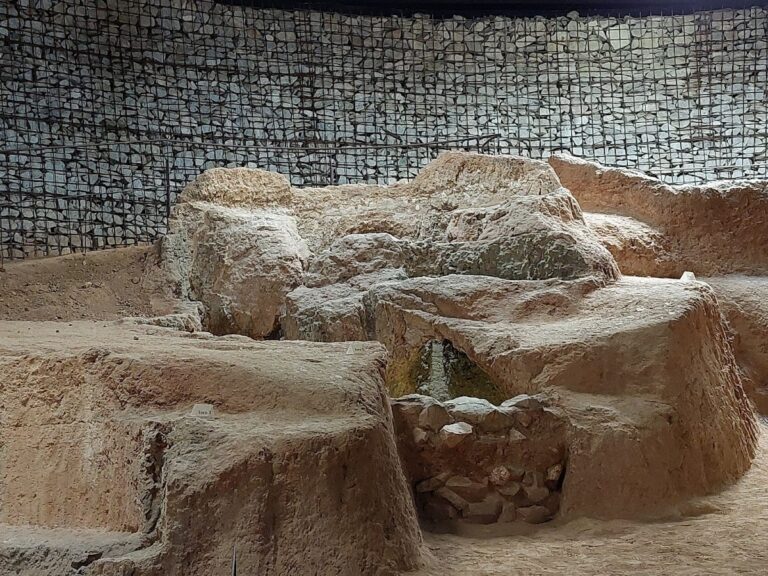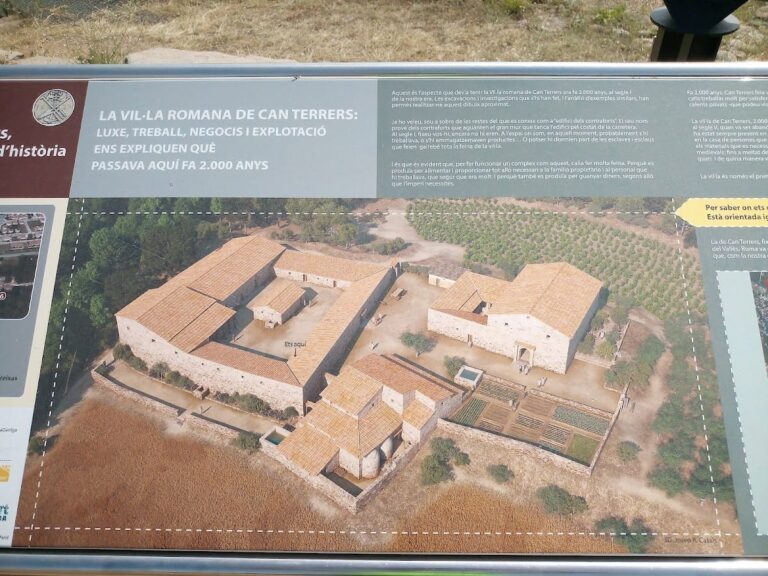Dosrius Castle: A Medieval Fortress in Catalonia, Spain
Visitor Information
Google Rating: 4.1
Popularity: Very Low
Google Maps: View on Google Maps
Official Website: dosrius.cat
Country: Spain
Civilization: Unclassified
Remains: Military
History
Dosrius Castle is situated in the municipality of Dosrius in Spain and was originally constructed during the early medieval period. It was established by the local medieval Christian authorities who sought to control and defend the surrounding territory.
The earliest known references to the castle date back to 1114, when it was called “Duos Rivos,” and again in 1128, identified as “Duorum Rivium.” These names, Latin for “Two Rivers,” likely reflect geographic features near the site. By the mid-11th century, the castle served a strategic role as a boundary fortress, sharing territorial influence with the short-lived Sant Vicenç de Montalt castle and the castle of Mataró. This positioning underscores its importance in controlling regional borders during a time of shifting political landscapes.
In 1114, the Benedictine monastery of Sant Pere de Casserres assumed feudal authority over Dosrius Castle along with its associated lands, except for the territory known as El Far. This religious community exercised jurisdiction over the castle for several centuries. Meanwhile, the local noble family named Dosrius held the castle as vassals under the monastery’s feudal rights. Their stewardship lasted until 1277, when ownership passed to the Cartellà family through marriage.
The Cartellà family consolidated their control in 1453 by purchasing outright ownership from the monastery, acquiring allodial rights—meaning the land was free from feudal duties. With this transaction, they elevated their status to barons of Dosrius and Canyamars. Later, this baronial line merged with the Sentmenat family, who continued to oversee the castle’s jurisdiction until the end of the ancien régime, France’s old monarchical order influencing Spain’s aristocratic structures. The Sentmenat family remains the current proprietor of the castle ruins.
Following the suppression of the Sant Pere de Casserres community, King Charles II of Spain created the marquisate of Castelldosrius in 1690, bestowing the title upon Manuel de Sentmenat Oms de Santa Pau. This ennoblement tied the legacy of Dosrius Castle to an official noble title, further embedding the site’s importance within the historical noble hierarchy of Catalonia.
Remains
The ruins of Dosrius Castle stand atop a hill reaching 246 meters above sea level, positioned north of the modern town of Dosrius. The remains define a roughly rectangular tower oriented along an east-west axis. The footprint measures about 16.5 meters in length and 10.7 meters across, with surviving walls approximately one meter thick. These dimensions suggest a fortified stone structure designed for defense and surveillance of the surrounding landscape.
The most intact portion of the castle is its north wall, built from irregularly sized stones arranged in somewhat horizontal layers or courses. These stones are bonded together using grayish lime mortar mixed with a significant amount of sand, although this mortar shows signs of low solidity or cohesion. The exterior surfaces of some walls reveal traces of whitewashing—a lime-based paint or coating that would have offered protection from weathering and possibly enhanced visibility or appearance.
Architectural features of the tower include remnants of narrow vertical openings for archers, known as arrow slits. These slots allowed defenders to shoot arrows at attackers while remaining largely shielded. A series of holes located in the walls indicate the former presence of wooden beams that supported at least two additional floors above the ground level, pointing to a multi-story design that maximized vertical space within the defensive tower.
Today, the ruins are mostly concealed by vegetation, and only partial sections of the original structure remain. Despite their fragmentary state, these archaeological traces provide clear evidence of the castle’s layout and construction techniques typical of medieval fortifications in Catalonia.










